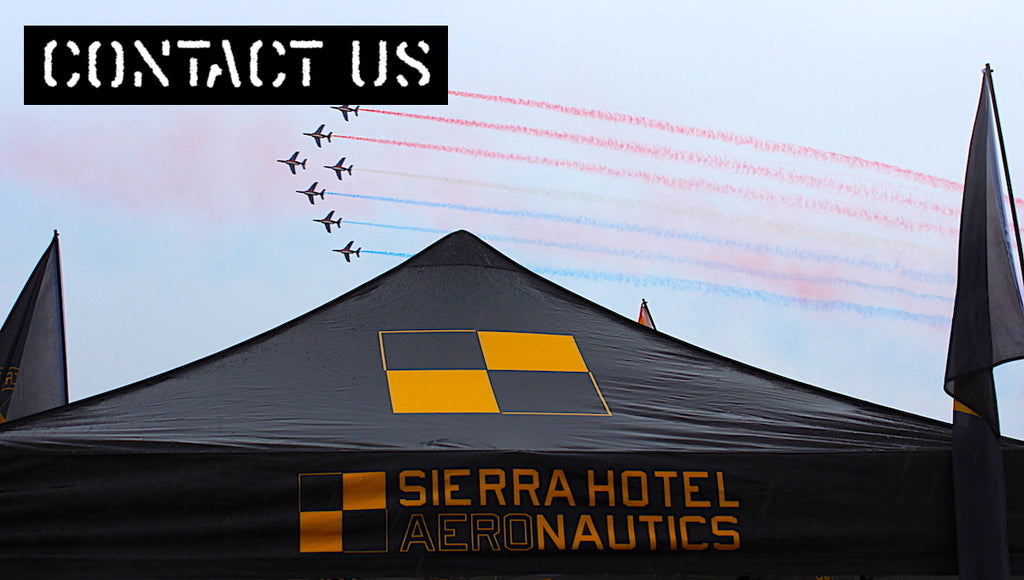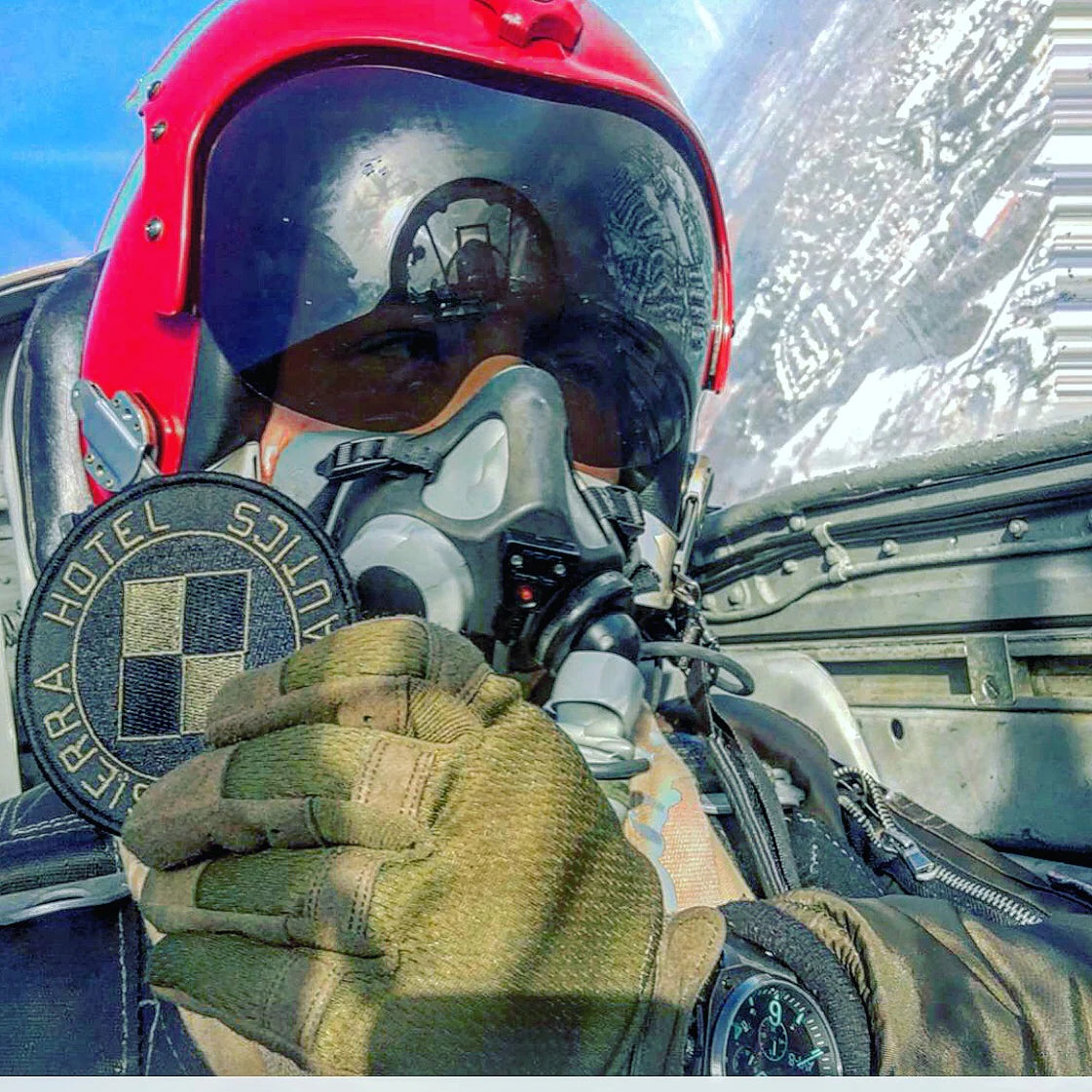"Sully"
Chesley Burnett Sullenberger III was born on the 23rd of January, 1951 in the town of Denison, Texas, where he grew up building model planes and aircraft carriers and spending time watching military jets from an Air Force base near his house.
At the ripe young age of 16, Sullenberger learned to fly in an Aeronca 7DC from a private airstrip near his home. He said the training he received from a local flight instructor influenced his aviation career for the rest of his life.
.

Sullenberger was appointed to the United States Air Force Academy, entering with the Class of 1973 in June 1969, and was selected to commence a cadet glider program. By the end of that year, he was an instructor pilot. Upon graduation, in 1973, he received the Outstanding Cadet in Airmanship award, as the class "top flyer".
.

Sullenburger was assigned to UPT at Columbus AFB, Mississippi, where he transitioned to flying jets including the T-37 Tweet and T-38 Talon. Earning his wings in 1975 as a USAF Pilot, Sully completed training on the F-4 Phantom II at Luke AFB, Arizona. then given the assignment to the 493d Tactical Fighter Squadron of 48th Tactical Fighter Wing at RAF Lakenheath, United Kingdom, where he flew as a United States Air Force fighter pilot in the F-4D Phantom II.
Following his assignment at RAF Lakenheath, he was reassigned to the 428th Tactical Fighter Squadron of the 474th Tactical Fighter Wing at Nellis AFB, Nevada, again flying the F-4D. He advanced to become a flight leader and a training officer, and attained the rank of captain, with experience in Europe, the Pacific, and at Nellis Air Force Base, as well as operating as Blue Force Mission Commander in Red Flag Exercises. During his time in the Air Force, Sully also served as a member of an aircraft accident investigation board.
.

After hanging up his helmet, Sullenberger began flying for Pacific Southwest Airlines, then US Airways where he served as an airline pilot for over 30 years... He holds an Airline Transport Pilot Certificate for single and multi-engine airplanes, and a Commercial Pilot Certificate rating in gliders, as well as a flight instructor certificate for airplanes (single, multi-engine, and instrument), and gliders. In total, Sully has more than 40 years and 20,000 hours of flying experience.
On the morning of January 15, 2009, Sullenberger was the captain of US Airways Flight 1549 along with First Officer Jeffrey Skiles. As their Airbus A320 was taking off from LaGuardia Airport in New York City, the aircraft struck a large flock of birds (Canada geese) and lost complete power in both engines at only 2,818 feet in altitude. Quickly determining he would be unlikely to reach either LaGuardia or Teterboro airport, Sullenberger uttered the famous words over the radio when asked if he could make KTEB. Sully simply transmitted the word “UNABLE”.
Sullenberger and First Officer Jeffrey Skiles then directed their aircraft toward the waters of the Hudson River. Capt Sullenburger said that the moments before the ditching was "the worst sickening, pit-of-your-stomach, falling-through-the-floor feeling" that he had ever experienced.

Continuing their descent southwards at about 125 knots aiming at the middle of the North River section of the Hudson tidal estuary roughly opposite West 50th Street (near the Intrepid Sea, Air & Space Museum) in Manhattan, Flight 1549 touched down and came to a rest on the surface of the Hudson waters completely intact at 3:31 pm.
Sullenberger immediately opened the cockpit door and ordered evacuation. The crew began evacuating the passengers through the four overwing window exits and into an inflatable slide/raft deployed from the front right passenger door.
All 155 people on board survived and were rescued thanks to the efforts of nearby NY Waterway ferries Thomas Jefferson and then Governor Thomas H. Kean which both arrived within minutes. The last passenger deplaned the aircraft at 3:55 pm. Sullenberger walked the cabin twice to confirm it was empty.
.
The accident came to be known as the "Miracle on the Hudson", and a National Transportation Safety Board official described it as "the most successful ditching in aviation history” all thanks to the calm and professional management of an impossible emergency situation by Capt Sully, and First Officer Jeffrey Skiles.
.
Sully's response was "One way of looking at this might be that for 42 years, I've been making small, regular deposits in this bank of experience, education and training. And on January 15, the balance was sufficient so that I could make a very large withdrawal"
.












Good article, but written by a lazy “journalist”, failing to identify what UPT and KTEB were.
The ditching in the Hudson happened so quickly that there was no time to go through the ditching checklist and the pressurisation outflow valves had automatically gone to full open at that altitude. They would have had to be manually selected to closed to prevent water ingress into the interior of the pressure hull.
That Sully and his FO resisted the temptation to try the “Impossible turn” to return to an Airport that kills so many aviators and passengers and public onbthe ground is another tribute to a fine aviator.
That is a great story, great training and more than adequate preparation for 35 years to save everyone. Outstanding! Proud to know of you and serve with you without knowing you personally. Enjoy your retirement as I am.
The epitome of professional conduct. A true gentleman, would be honored to shake his hand
Leave a comment